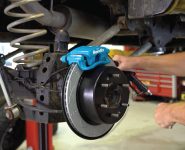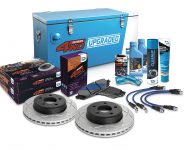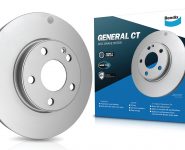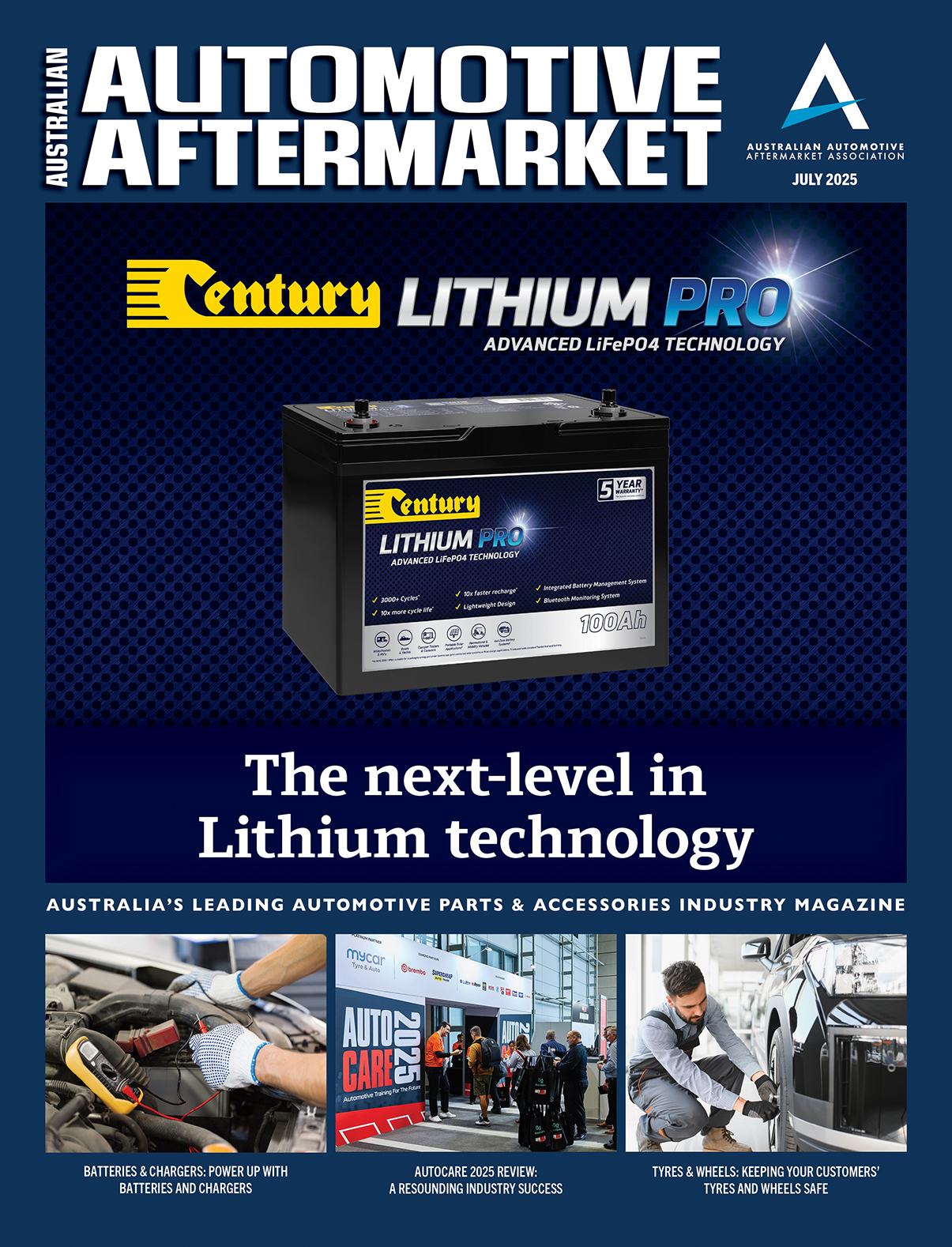DON’T NEGLECT BRAKE FLUID
The experts at Bendix encourage you to keep an eye on your brake fluid
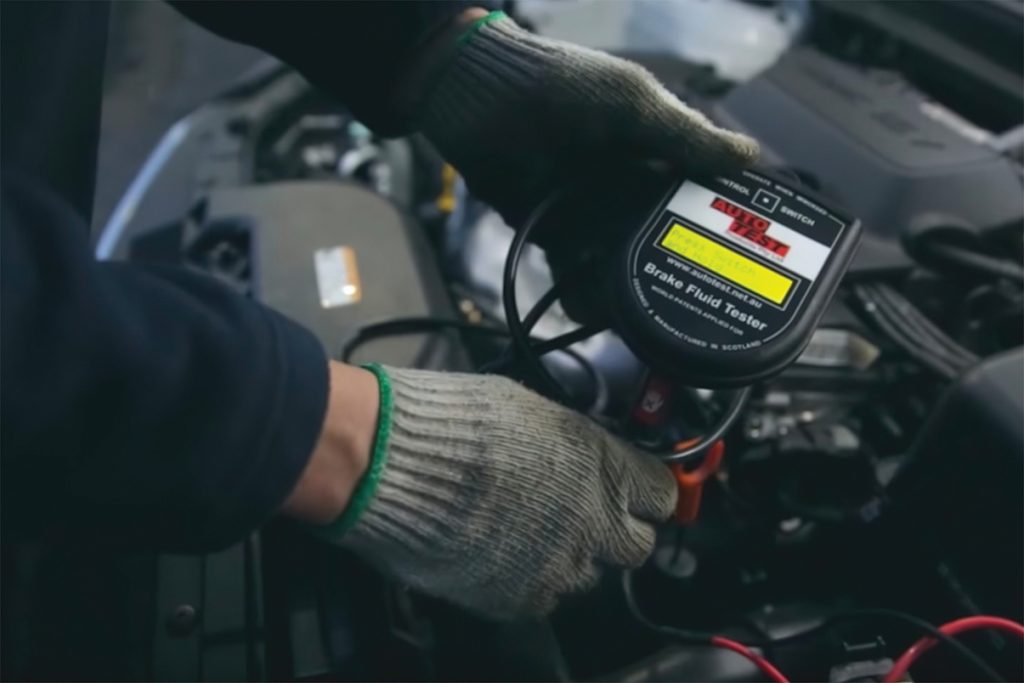
The hotter months of the year see many motorists couple the caravan or boat to their passenger car or four-wheel-drive and head off on an extended road trip.
And while responsible owners will have their workshop undertake a precautionary pre-trip vehicle health check, especially if they intend to cover large distances in remote areas, when it comes to brakes, one important area that can be overlooked is the condition of the brake fluid.
A combination of hot temperatures and the added braking demands placed on fully loaded vehicles – often towing as well – can quickly expose older or contaminated brake fluid.
Although the braking system is classed as a closed system, over time it can absorb small amounts of moisture through imperfect seals, microscopic holes in rubber hoses or even if the cap is left off the brake fluid reservoir for too long. This moisture can gradually mix with the brake fluid increasing its water content.
Having water within a hydraulic fluid is not a good thing. As well as reducing the transfer force of the brake fluid which affects how effectively pressure applied at the brake pedal is maintained all the way to the brake calipers or drums, it can also lead to a lower boiling point for the fluid. Hot temperatures amplify the problem, as do demanding driving conditions, such as when towing.
If the brake fluid does reach boiling point, bubbles in the brake system can form, leading to a spongy brake pedal feel which can delay braking response and diminish the brake force that ultimately reaches the calipers or drums. Both these scenarios will lead to increased stopping distances.
Along with providing stopping power, two secondary functions of brake fluid are to lubricate all the moving parts within the braking system and to help dissipate heat within the system, leading to reliable and predictable braking performance.
Like most fluids and oils used in a vehicle, the brake fluid should be periodically changed to ensure it remains fresh and uncontaminated, which in turn ensures the braking system is operating at its full potential.
Owners should consult their service manual to learn more about their vehicle’s brake fluid changeover schedule, and are advised to conduct a precautionary test if likely to be driving in hot and demanding conditions.
Checking the braking fluid
To check the quality of the brake fluid, the owner or their mechanic can use an electronic brake fluid tester; the probe is dipped into the brake fluid reservoir and the tool analyses its quality, providing an estimate of the moisture within the fluid. More basic ‘strip’ tests are also available, which perform a similar function.
If the brake fluid does need replacing, a fluid that is in keeping with the vehicle’s OEM parameters and which has an appropriate DOT (Department of Transport) rating should be used.
DOT, which is normally available in DOT 3, DOT 4, DOT 5, and DOT 5.1, refers to the fluid’s wet and dry boiling points. A reference point for dry boiling point is when the fluid is brand new, while wet boiling point is when the fluid is one to two years old and already has some moisture content.
As an example, dry boiling temperature for a DOT 4 fluid would be over 230°C, while the wet boiling temp could be closer to 155°C.
As a general rule, the higher the DOT rating, the higher the boiling point and longevity of the fluid. DOT 4 fluids are the most widely used, says Bendix, which explains it offers both high performance Polyglycol DOT 3 and DOT 4 fluids, “providing optimum performance in both hydraulic and conventional braking systems, meeting stringent Australian and U.S specifications.” Bendix states, “they’re a great choice to meet the rigours of demanding summer driving.”
For more information, visit www.bendix.com.au




